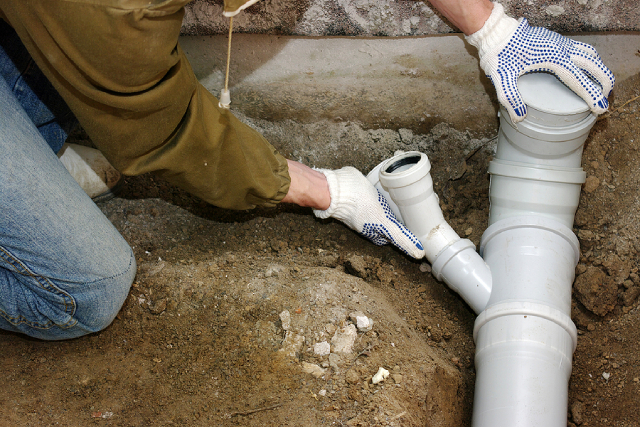
22 Oct The Evolution Of PVC Pipes In Modern Construction Today
PVC pipes have undergone significant evolution since their introduction, becoming an essential component in Singapore’s sustainable construction industry. Their widespread adoption is driven by numerous advantages over traditional piping materials like copper, steel, and concrete. From cost savings to enhanced durability, PVC pipes have steadily gained prominence, offering innovative and sustainable solutions that meet the demands of modern construction.
Modern construction materials
Today, PVC is recognised as one of the most versatile materials in the construction industry, used in residential, commercial, and industrial applications. As a key component of modern construction materials, PVC pipes have several characteristics that contribute to their ongoing popularity:
- Lightweight: Unlike metal or concrete pipes, PVC pipes are lightweight, making them easy to transport, handle, and install, reducing labour costs and project timelines.
- Durable: PVC is resistant to environmental factors like corrosion, rust, and chemical degradation, ensuring a long service life, especially in areas prone to water and soil contamination.
- Affordability: The relatively low cost of PVC, both in material and installation, makes it an economically viable solution for large-scale construction projects.
PVC pipe innovations
Recent innovations in PVC pipe technology have further enhanced their efficiency, sustainability, and range of applications in construction:
1. Eco-friendly manufacturing: Advances in manufacturing processes have reduced the environmental impact of producing PVC pipes. Modern methods utilise less energy and emit fewer greenhouse gasses, contributing to the overall sustainability of construction projects.
2. Enhanced longevity: New formulations in PVC have improved resistance to UV radiation, extreme temperatures, and high-pressure systems. These innovations significantly reduce maintenance and replacement costs.
3. Versatile applications: While originally used for water supply and drainage, PVC pipes now serve a broader range of functions in modern construction. They are widely used as conduits for electrical wiring, in hydro agriculture systems, and for underground sewer lines due to their strength and adaptability.
Conclusion
PVC pipes have evolved from a relatively unknown material to a cornerstone of modern construction. Their combination of durability, cost-effectiveness, and sustainability makes them a vital component in building infrastructure for the future. As innovations continue to improve their performance and environmental footprint, PVC pipes will remain at the forefront of the construction industry, providing efficient and adaptable solutions for both residential and commercial projects.
